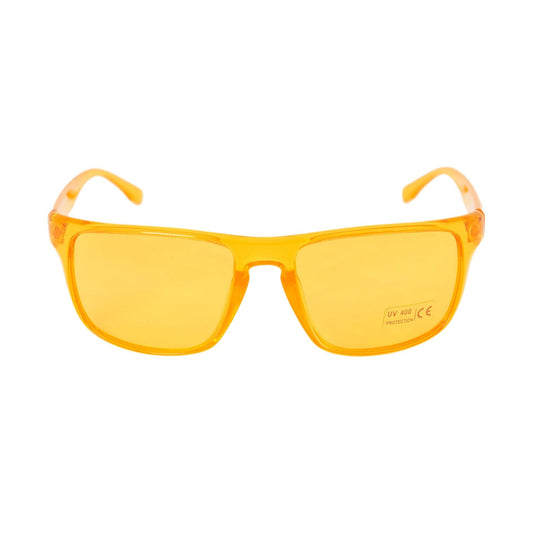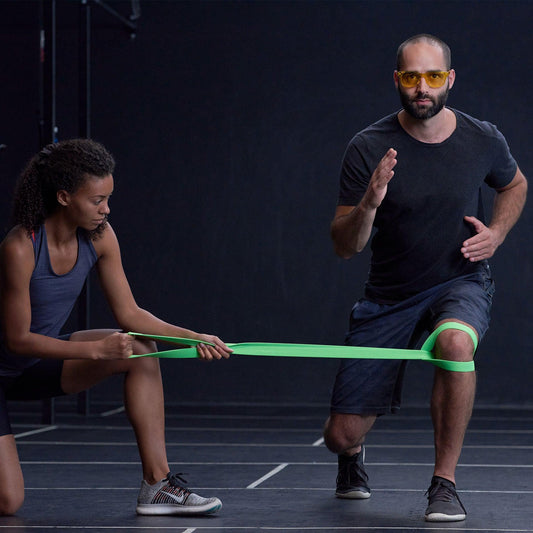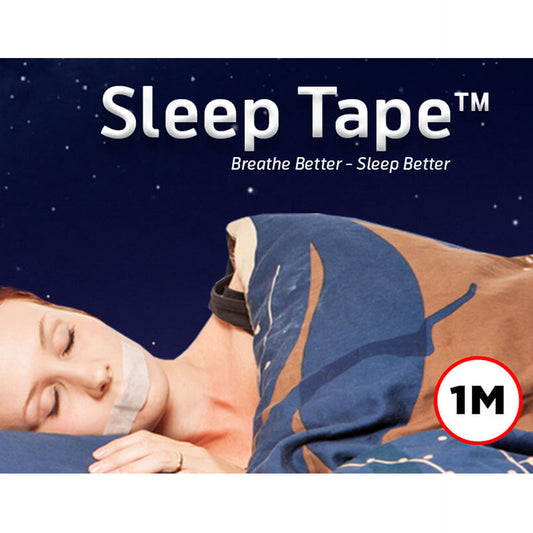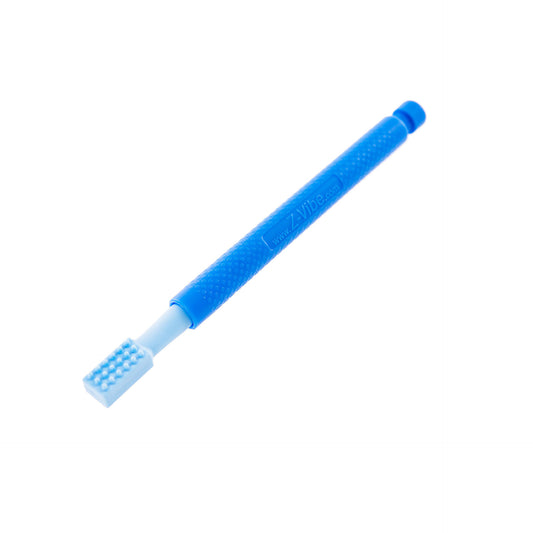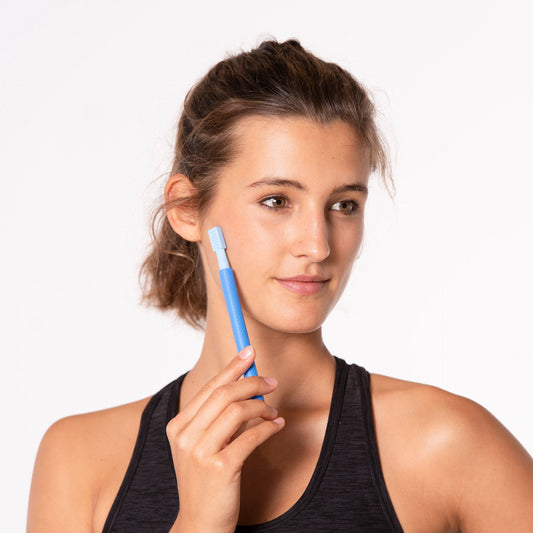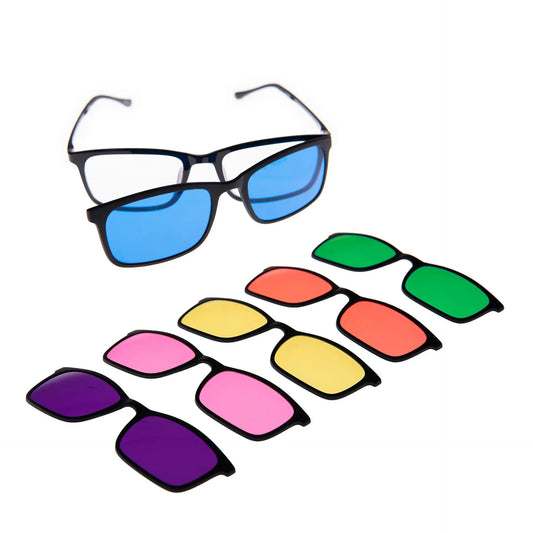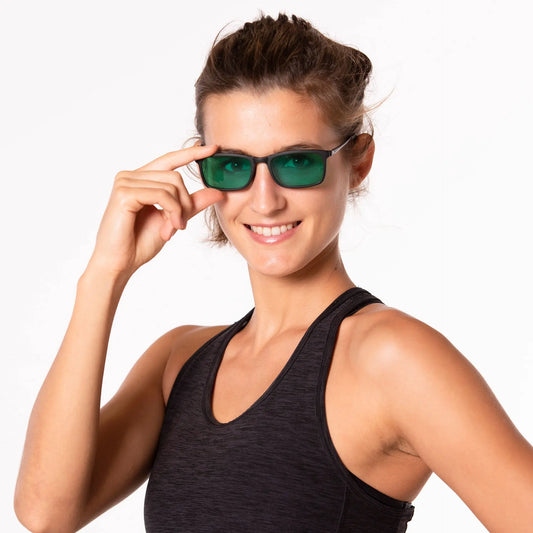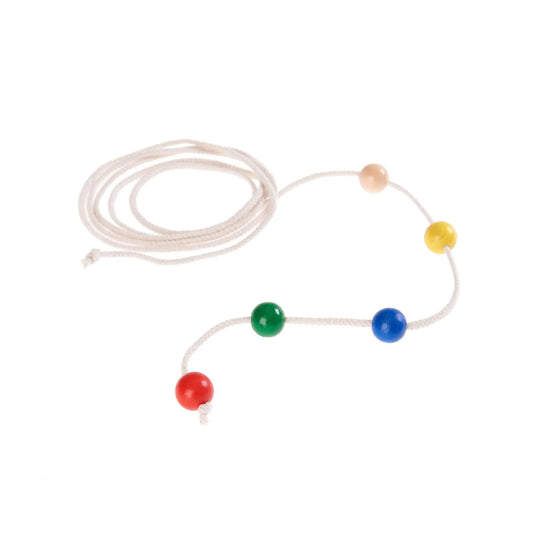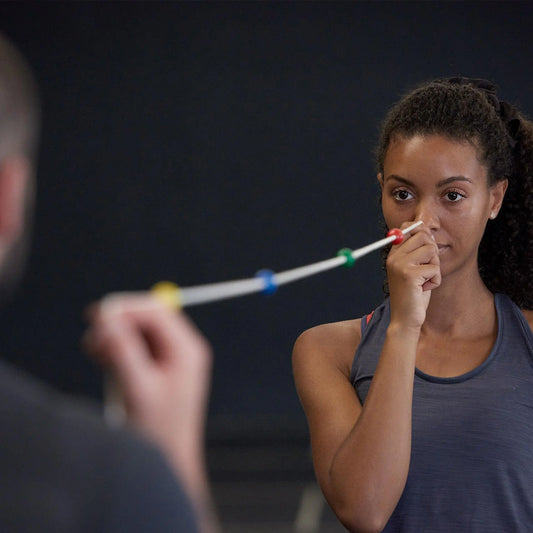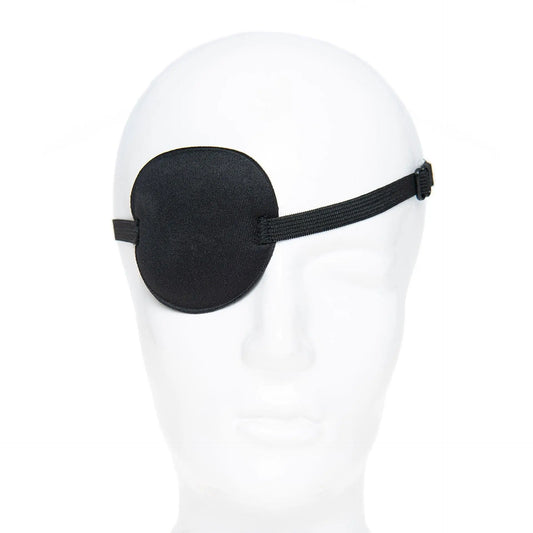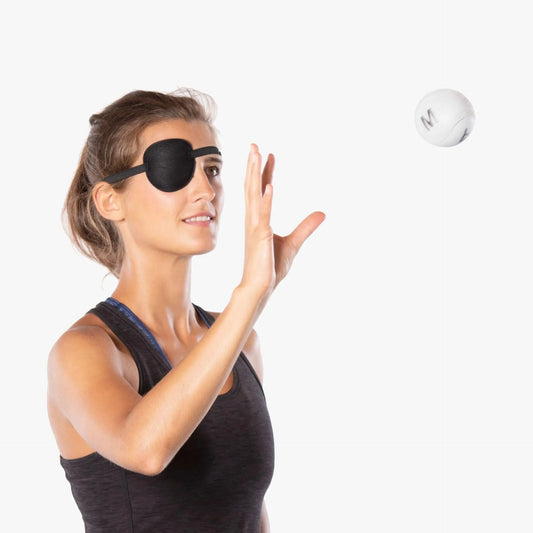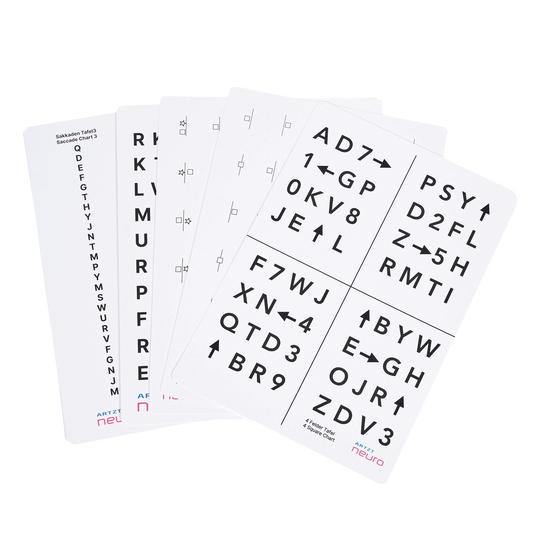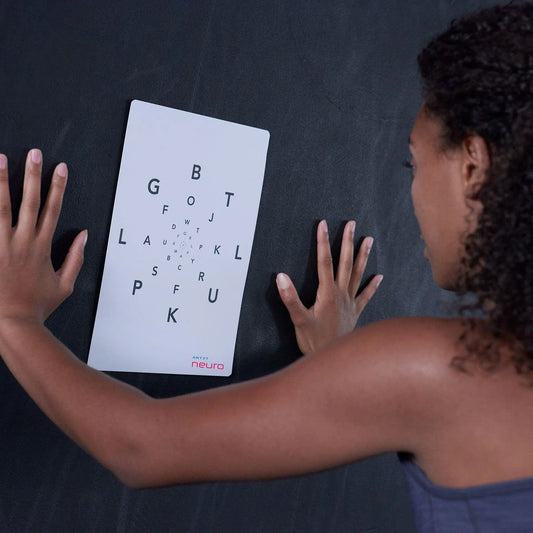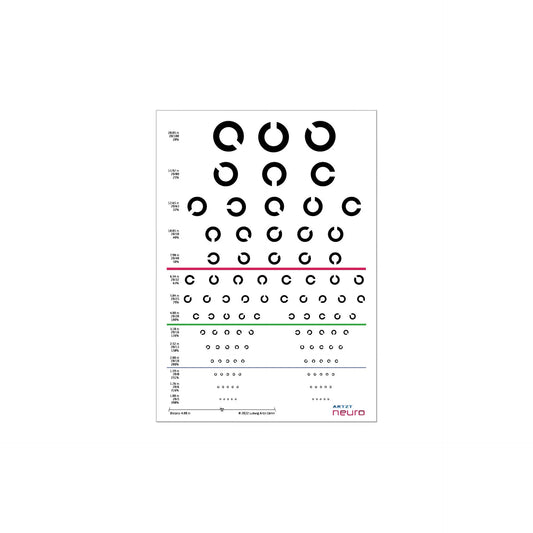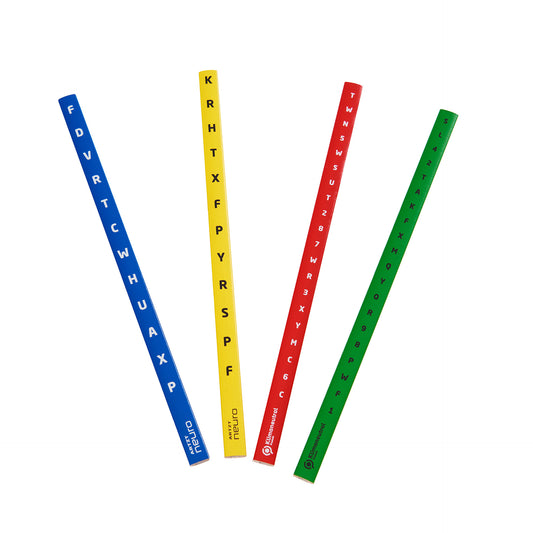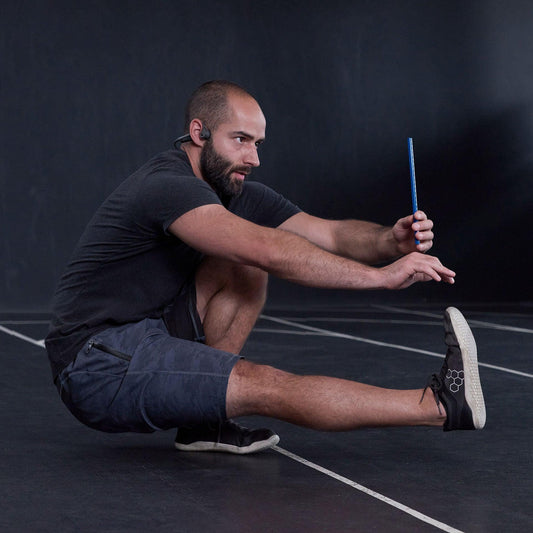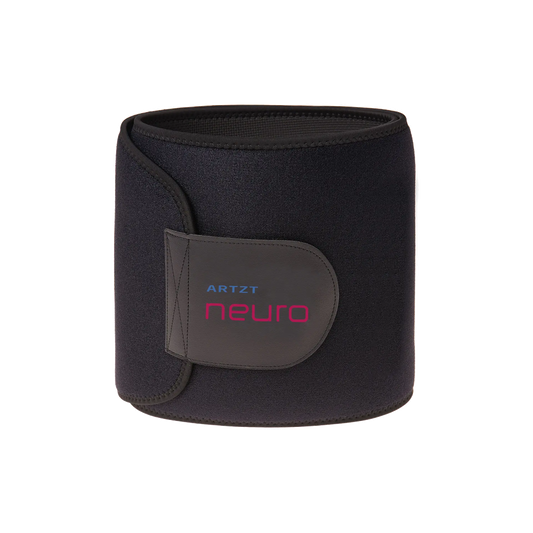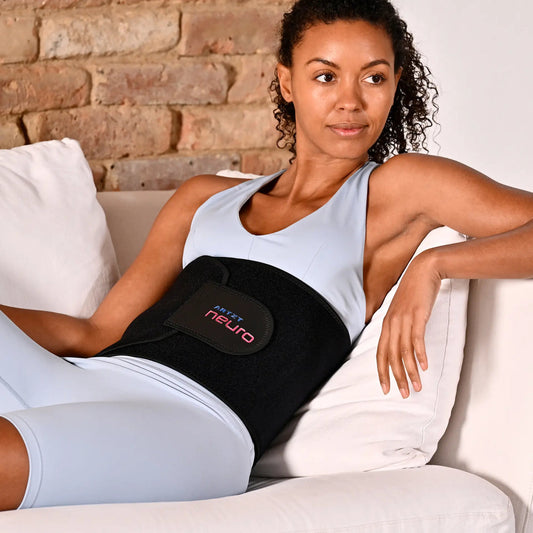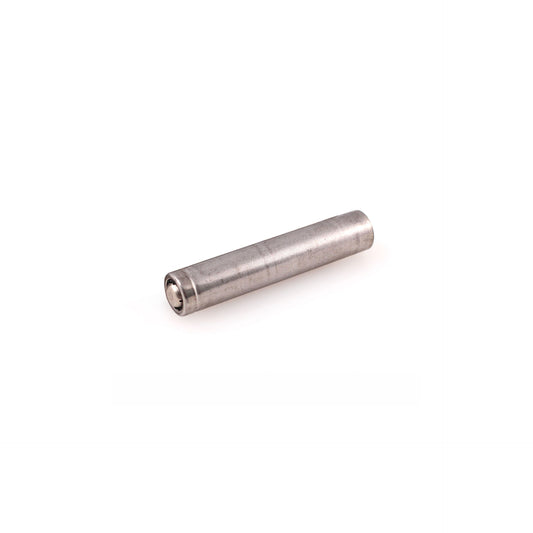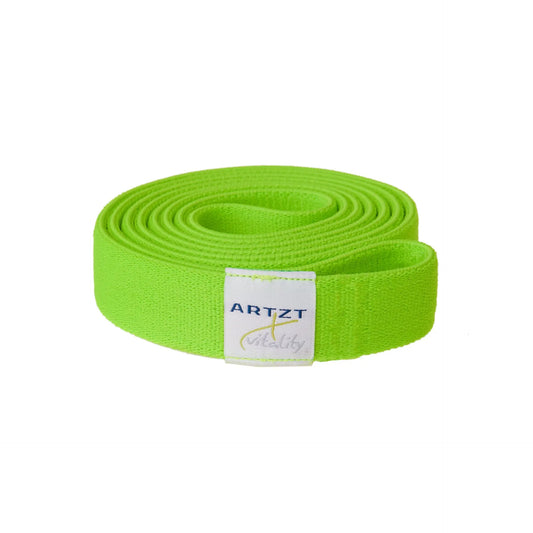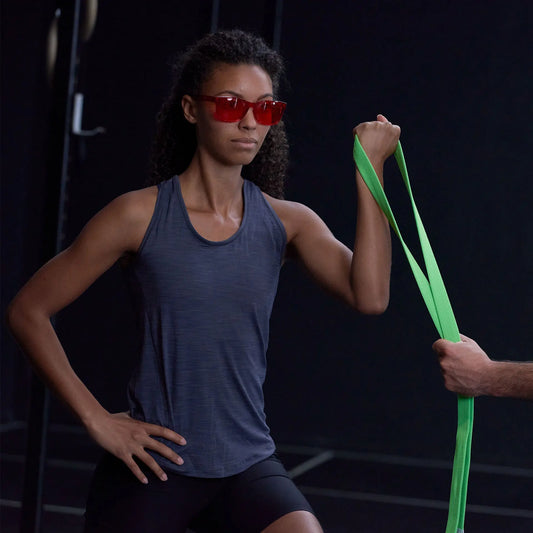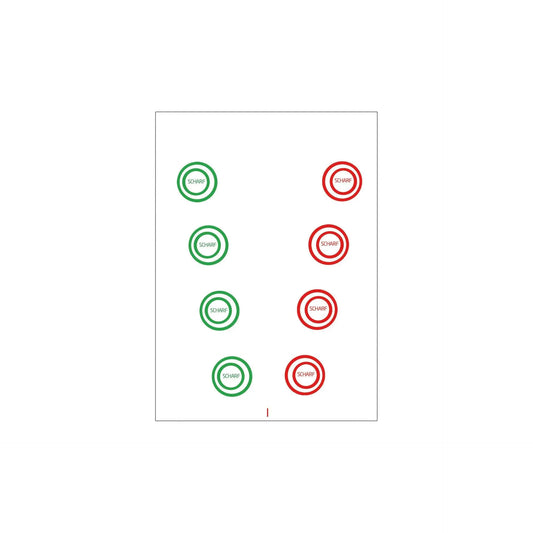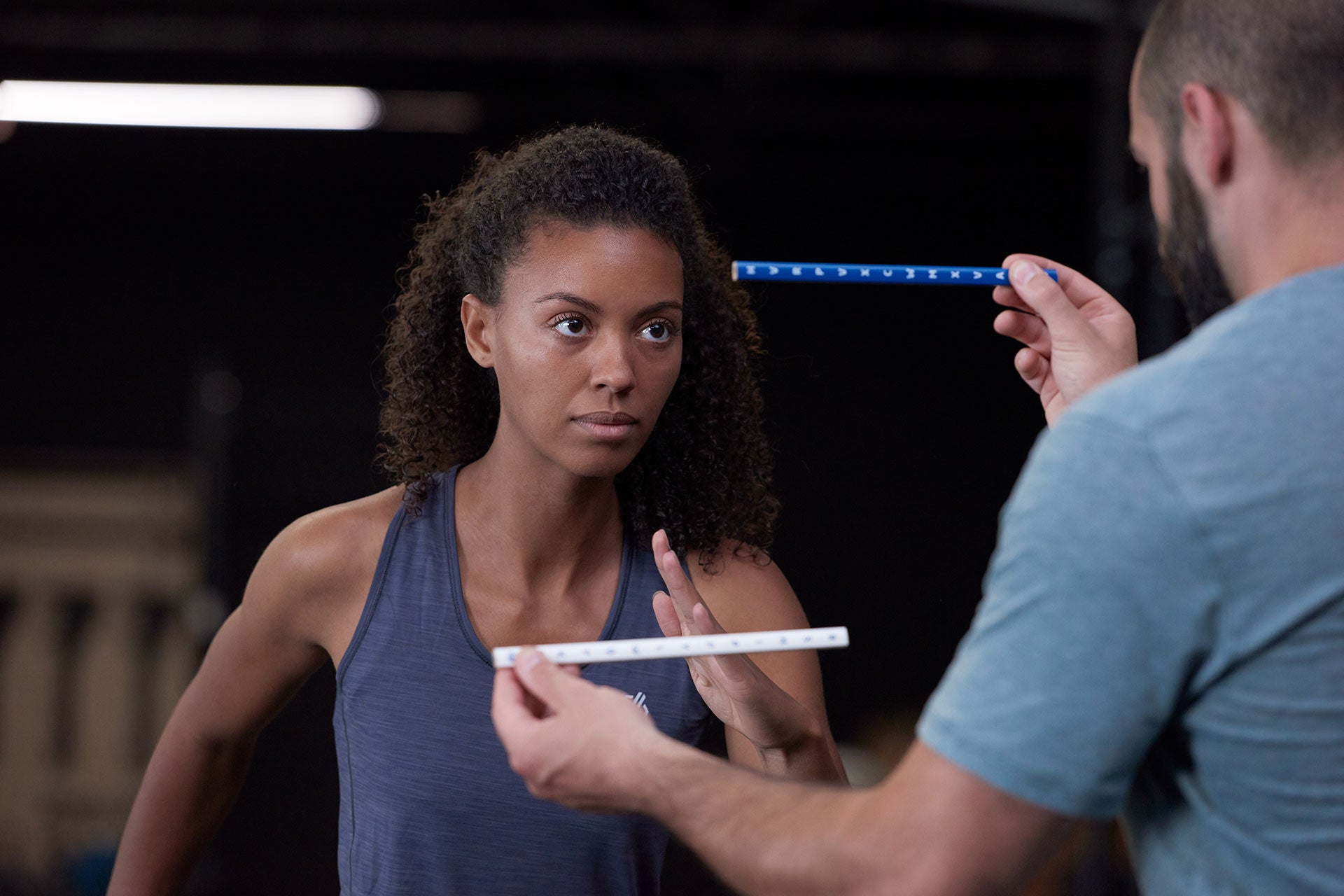
NEUROATHLETIC EXERCISES

Breathing training - tips and exercises for bet...
Tips and exercises for daily breathing training.
Breathing training - tips and exercises for bet...
Tips and exercises for daily breathing training.
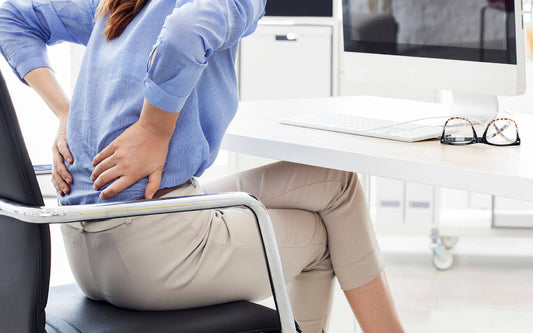
6 neuroathletics exercises for back pain
Neurotrainer Kevin Grafen shows you 6 simple neuroathletics exercises for back pain.
6 neuroathletics exercises for back pain
Neurotrainer Kevin Grafen shows you 6 simple neuroathletics exercises for back pain.
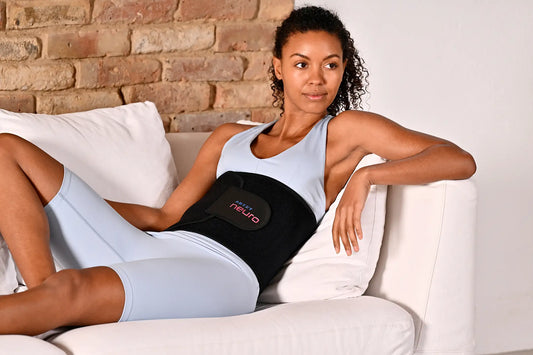
Activate the vagus nerve: 3 simple exercises fo...
Find out everything about the “self-healing nerve” and how you can activate it with 3 simple exercises.
Activate the vagus nerve: 3 simple exercises fo...
Find out everything about the “self-healing nerve” and how you can activate it with 3 simple exercises.
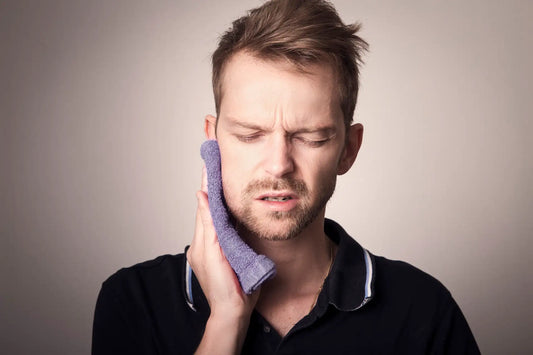
Neuroathletik Übungen bei Zähneknirschen
Erfahre, woher das Zähnemalmen kommt und was du dagegen tun kannst.
Neuroathletik Übungen bei Zähneknirschen
Erfahre, woher das Zähnemalmen kommt und was du dagegen tun kannst.
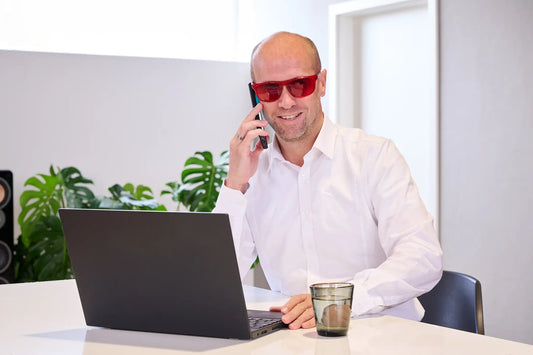
6 simple tips for more concentration
The many hours we spend in front of different screens every day mean that we are increasingly unable to focus on individual tasks or topics.
6 simple tips for more concentration
The many hours we spend in front of different screens every day mean that we are increasingly unable to focus on individual tasks or topics.
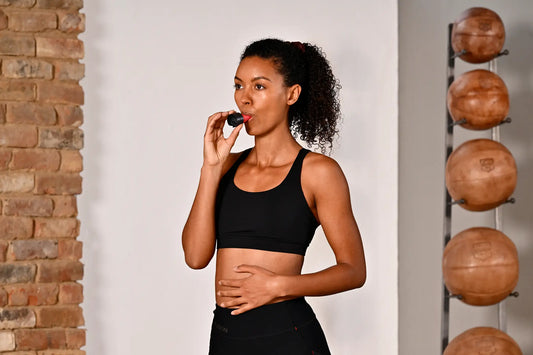
4 breathing exercises for stress and irritability
Short-tempered, irritable, annoyed - we all have those days when we are in a bad mood and our mood constantly fluctuates without knowing exactly why.
4 breathing exercises for stress and irritability
Short-tempered, irritable, annoyed - we all have those days when we are in a bad mood and our mood constantly fluctuates without knowing exactly why.
The best neuroathletics exercises for at home
Back pain? Neck tension? Your eyes hurt because you spent the whole day in front of the screen again? With the right neuroathletics exercises you can get started again in everyday life.
With neurotraining exercises you can counteract everyday complaints. Even just a few minutes can help improve well-being and increase quality of life.We'll explain to you here what exactly neuroathletics actually is.
Our neuroathletics trainers and therapists will show you in detailed videos how you can easily do neuroathletic exercises at home. You can find everything you need in oursShop. For all exercises you will also receive helpful information and tips on various topics such asBack pain,Headache,dizziness,balance,Grinding of teethand much more. By the way, you can find even more extensive knowledge about neuroathletics inneuroblog.
What are the benefits of neuroathletics exercises?
The great thing about neuroathletics training is that you can complete many exercises in between without much effort. SimpleEye exercises for nearsightednessyou can, for example, with oneBrock Stringmake. If your eyesight is fading, you can try using one occasionally in everyday lifeGrid glassesto wear.Vision stickssupport each otherNeuroathletics exercises in the home officeif your eyes hurt or your shoulder is tense.
Athletes benefit from performance-orientedExercises for more mobilityand learn how from athletic trainer Dominik SuslikNeuroathletic training in footballcan be applied.
Start your personal neuroathletics training today and discover your potential! We'll show you how it's done.
-
Colour Glasses
Vendor:ARTZT neuroRegular price 21,95 €Regular priceUnit price / per -
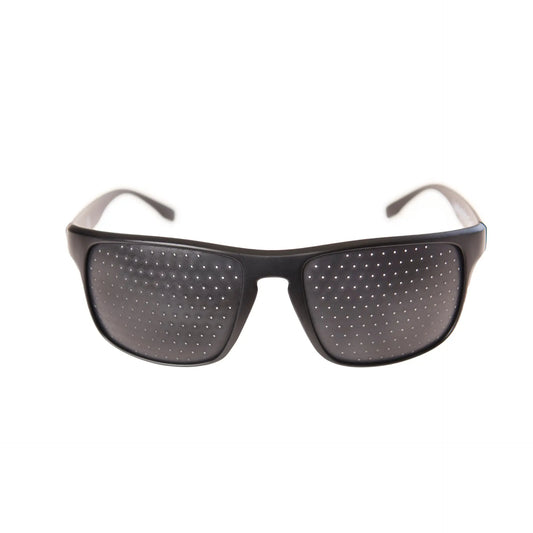
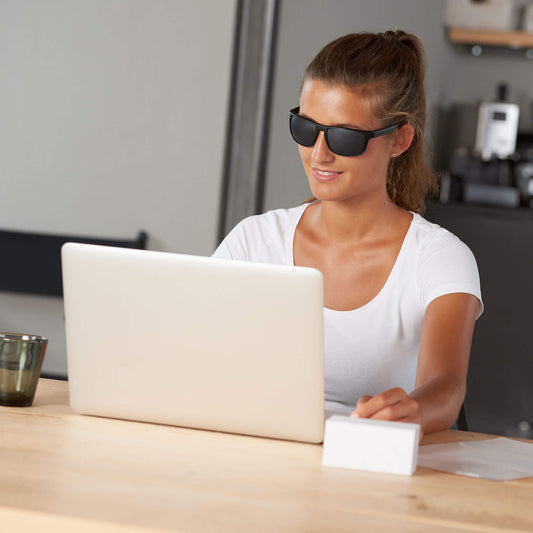 Sold out
Sold outPinhole Glasses
Vendor:ARTZT neuroRegular price 14,95 €Regular priceUnit price / per -
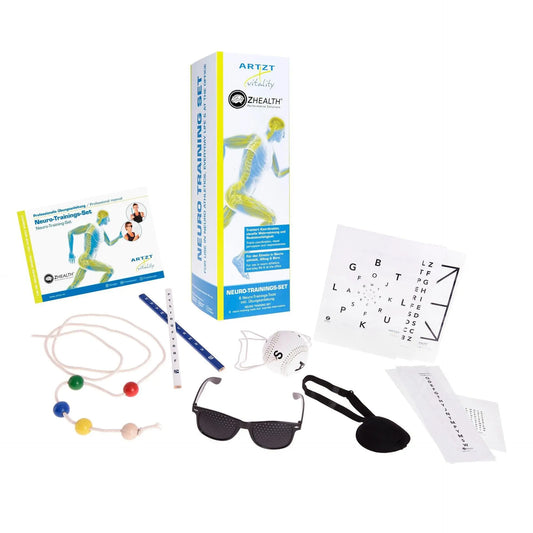
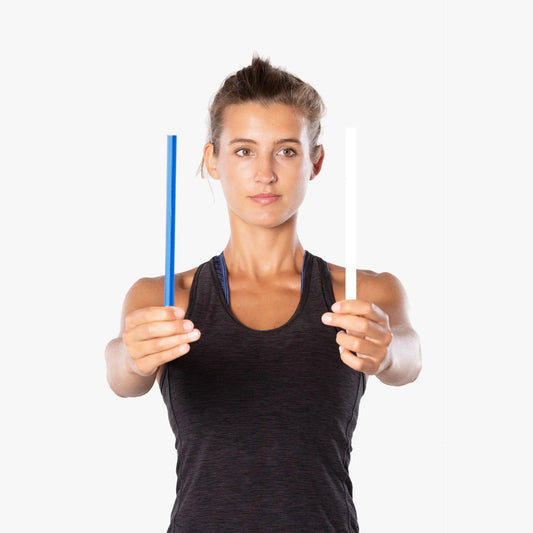 Sold out
Sold outStarter Set Neuroathletics
Vendor:ARTZT neuroRegular price 52,95 €Regular priceUnit price / per -
Sleep Tape
Vendor:Medveten AndningRegular price 8,50 €Regular priceUnit price / per -
Colour Glasses Set
Vendor:ARTZT neuroRegular price 52,95 €Regular priceUnit price / per -
Brock String
Vendor:ARTZT neuroRegular price 8,95 €Regular priceUnit price / per -
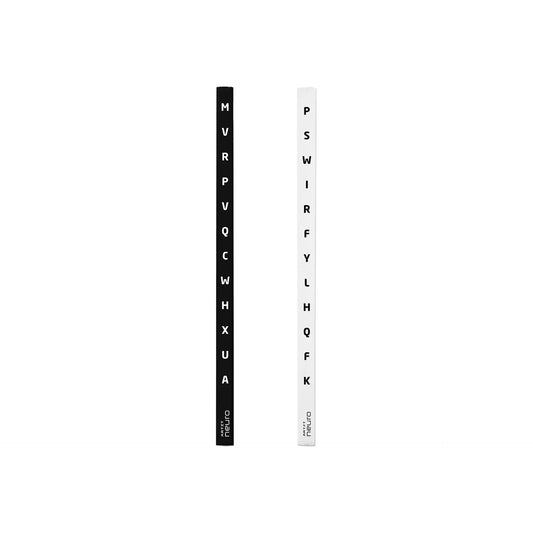
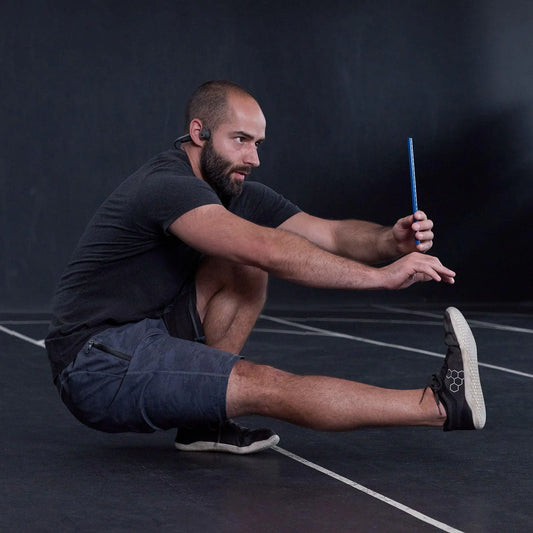 Sold out
Sold outVision Stick Set of 2
Vendor:ARTZT neuroRegular price 8,95 €Regular priceUnit price / per -
Eye Chart Set
Vendor:ARTZT neuroRegular price 20,95 €Regular priceUnit price / per -
Eye Chart 4 m
Vendor:ARTZT neuroRegular price 3,95 €Regular priceUnit price / per -
Vision Stick Set of 4
Vendor:ARTZT neuroRegular price 19,95 €Regular priceUnit price / per -
Breathing Belt
Vendor:ARTZT neuroRegular price 29,95 €Regular priceUnit price / per -
ARK Z Vibe battery
Vendor:ARK TherapeuticRegular price 4,95 €Regular priceUnit price / per -
Super Band
Vendor:ARTZT vitalityRegular price 22,95 €Regular priceUnit price / per -
Fusion Charts
Vendor:ARTZT neuroRegular price 5,95 €Regular priceUnit price / per

